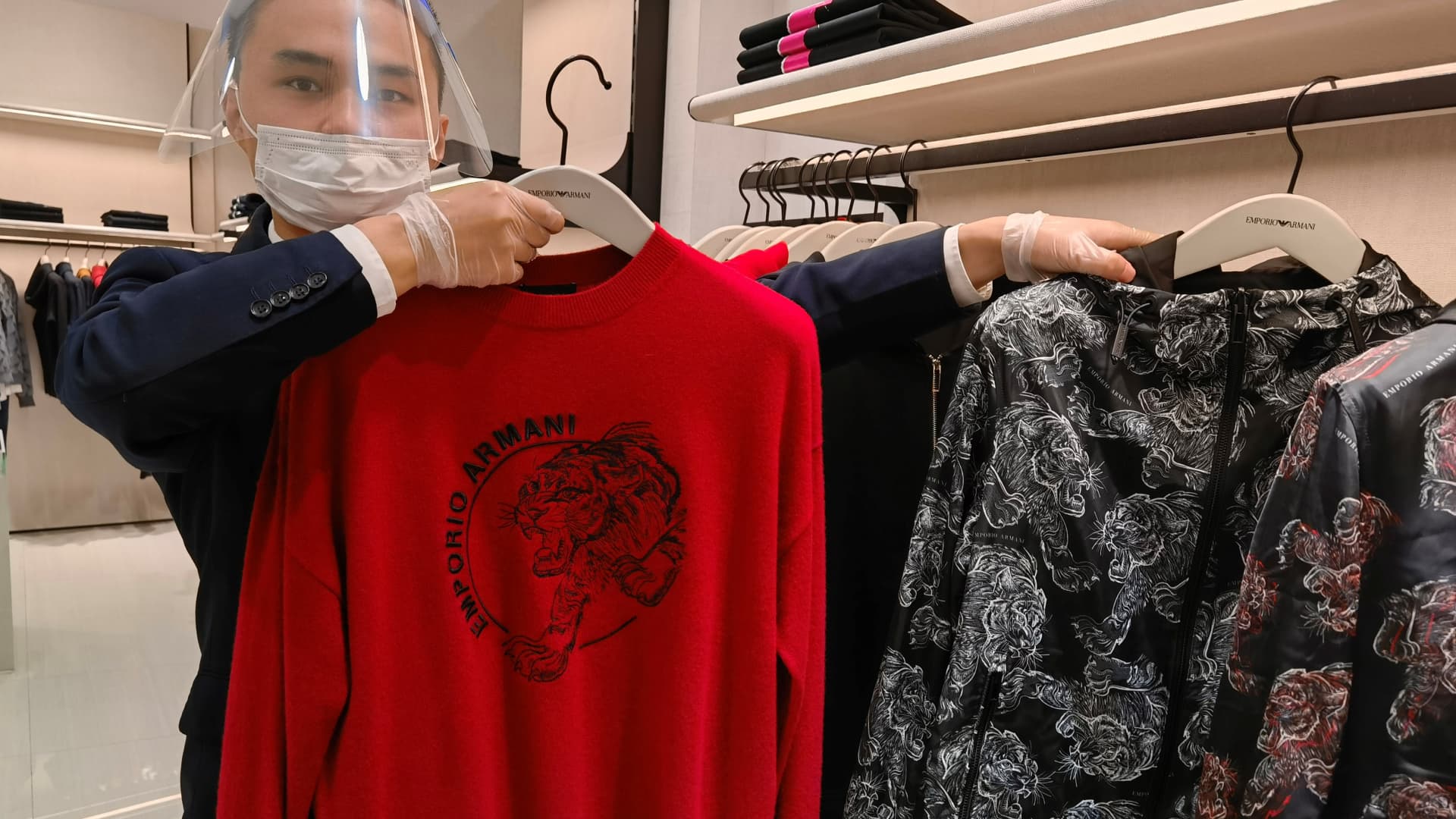Stocks of many luxury fashion houses reliant on Chinese consumers rallied on China’s reopening, but those customers may not necessarily be buying the goods overseas.
In the past, trips abroad often included personal luxury purchases for affluent Chinese consumers looking to take advantage of currency and tax benefits.
Shares of LVMH have gained around 12% since early December when Beijing started rolling back its zero-Covid policies.
Similarly, Cartier-owner Richemont shares have gained about 13%, while Dior rose more than 11% from early December.
Domestic luxury consumption now a habit
The “revenge spending” that comes with the return of overseas travel will lead to an increase in consumption of luxury goods in 2023, Jessy Zhang, an analyst from Daxue consulting told CNBC.
“[The Chinese’s] mentality is that they need to buy luxury goods in duty-free stores before returning home,” Zhang said.
But years of zero-Covid measures have taught Chinese consumers they can get their fix of opulence on their own shores — and experts say this habit is here to stay.
“China’s domestic luxury consumption should far exceed that of overseas luxury consumption,” said Zhang, who estimates that in the long run, domestic luxury consumption will account for 70% of the Chinese luxury consumers’ spending, and a mere 30% from abroad.
That would be the inverse of spending patterns before 2017, when over 70% of Chinese luxury spending took place outside of China, according to Zhang.
As a result, the world’s largest luxury market by 2025 will be shopping mainly “in-house.”
“Even though domestic after-tax prices in China could be a disadvantage, the familiarity of the shopping journey, close relationships developed with local store assistants, and the wider range of brands and product offerings in Mainland China over the past years increase the attractiveness of domestic shopping,” said Kenneth Chow, principal at Oliver Wyman.
He added it is unlikely the share of overseas luxury shopping for Chinese consumers will recover to pre-pandemic levels of over 70%.
Additionally, places like China’s island province of Hainan, lined with all its duty-free shopping malls is a tax-free haven for many luxury shoppers. Sales there reported a more than 120% jump in 2020, and increased by about 85% in 2021, according to a report by Bain & Co.
“When I came to Hainan, I found out that shopping on the duty-free shops’ apps is too convenient, and it even comes with a direct mail to home option,” a local wrote on Chinese social media platform Weibo.
The increasing digitalization of shopping processes has also facilitated Chinese shopping online for luxury goods, Bain & Co said in a report.
Global luxury houses have also caught on and expanded their physical presence in China since the pandemic started, said Barsali Bhattacharyya, manager of industry briefing at the Economist Intelligence Unit.
“For example, LVMH reported a 20% increase in the number of stores in Asia (excluding Japan) between December 2019 and June 2022,” she said.
Compounded by travel restrictions
The bleak overseas luxury shopping figures are also compounded by various travel restrictions imposed on Chinese travelers by other countries.
European nations, which comprise many luxury shopping locations, recommended requiring travelers from China to show negative Covid tests. Likewise, Japan and South Korea also require Covid tests for travelers from China.
More Chinese consumers are also favoring short-haul trips over long-haul vacations, Oliver Wyman’s Chow said, adding that Hong Kong and Macao would be among the first to benefit from Chinese travelers —earlier than other luxury shopping destinations like Western Europe.
Still, Chow said it will be a “long journey” until international travel is back fully.
“Brands and retailers will need to spend more effort to attract them to shop overseas, and at the same time match their higher expectations.”
